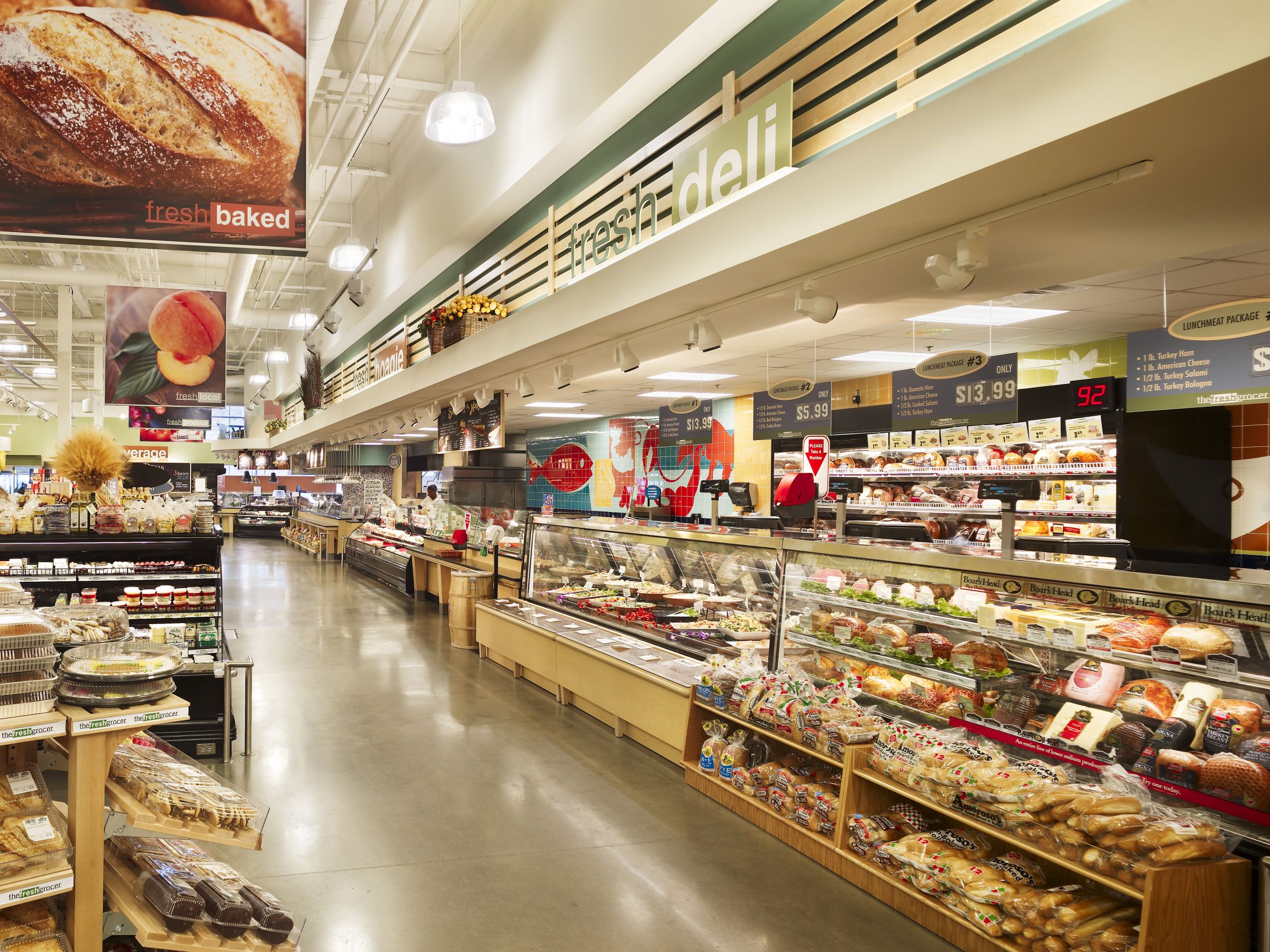Research & Data
Limited Supermarket Analysis
As Reinvestment Fund has worked on improving access to healthy, fresh foods in underserved communities, we have devoted significant resources to understanding such access, particularly in low-income areas.

About the LSA
For over a decade, Reinvestment Fund’s Limited Supermarket Access (LSA) Analysis has guided strategic decision-making to increase access to fresh foods for residents living in places with inadequate and inequitable access to grocery stores. First developed for the U.S. Department of the Treasury’s CDFI Fund in 2010, the LSA analysis looks at such criteria as income, distance to existing stores and car ownership rates to identify places where households have inadequate and inequitable access to supermarkets. The analysis quantifies disparate levels of food access in different communities. Our LSA analysis is accepted by the CDFI Fund as eligibility criteria for federally-funded healthy food lending. Using this data, community stakeholders can identify underserved locations, estimate demand and plan appropriate interventions.
The 2023 update to the LSA analysis incorporates methodological refinements informed by policymakers, food access advocates, grocers, and researchers across the country. For the first time, the LSA analysis results are comparable across the entire country to accurately identify limited, and inequitable, access to full-service super-markets in America’s cities, suburbs, small towns, and rural communities. The 2023 LSA update also includes two examples of the way Reinvestment Fund uses the results of the LSA to inform lending and grant making decisions to improve access to healthy foods in West Philadelphia and rural Georgia.
Read the 2023 LSAExplore the data
View our LSA analysis through this interactive map. To get started, enter an address or geography in the “Location” field and click on the “Search” icon. This action will display your area of interest outlined in orange as well as the location of LSA areas in 2016. Click on “Expand Legend” to view LSA data from prior years.
You can also view a different data layer by clicking on the “New Map” icon on the upper left. Options include income, availability of food nutrition programs, NMTC and CDBG eligibility. Once your data layer is selected, you can zoom and pan on the map to see other locations. You can also click on any shaded area of the map to find the exact value for that location.